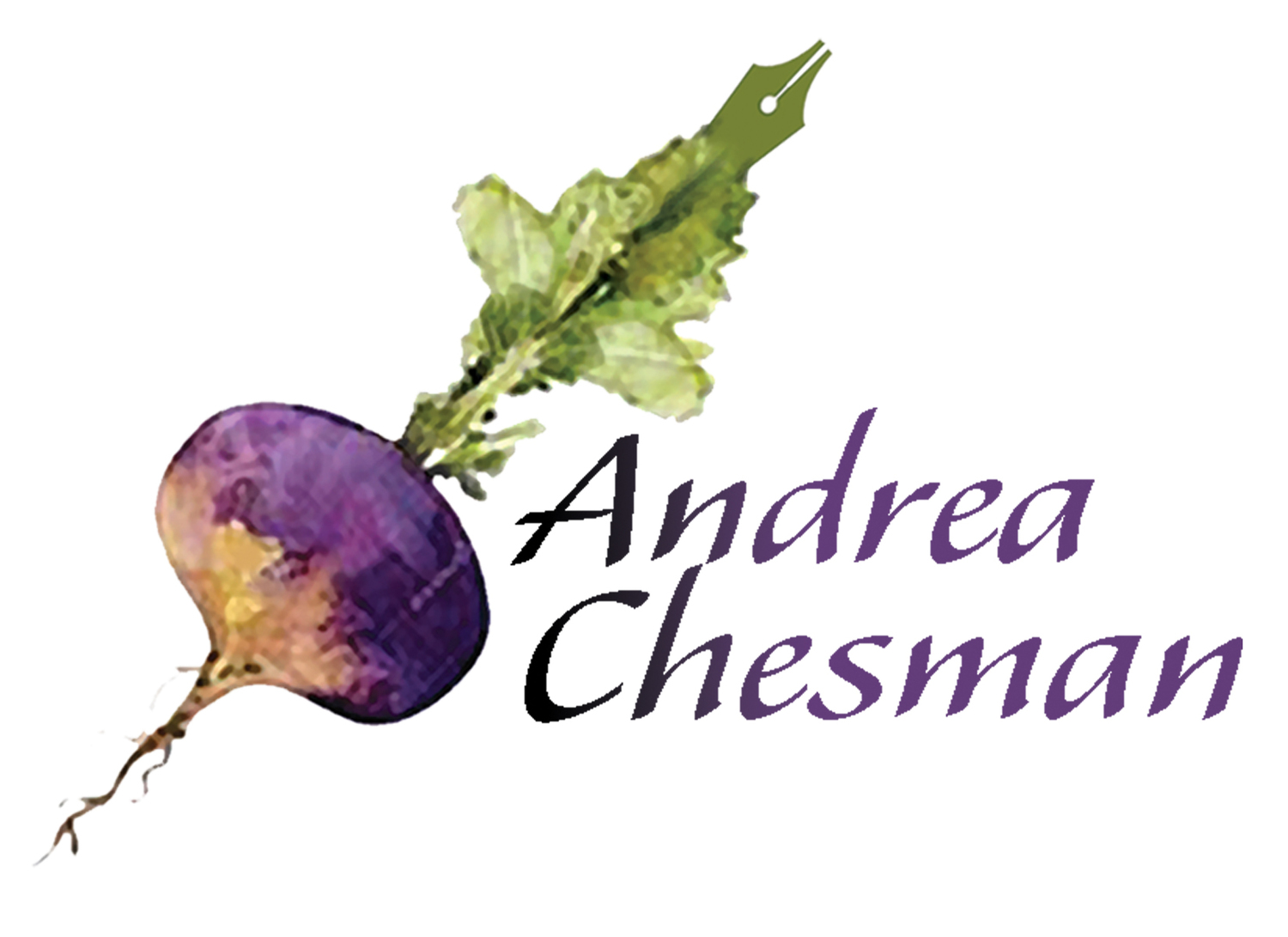The perfect latke is crisp, not greasy, is golden brown on the outside and snowy white inside.
Bring out the latkes: Hanukah is coming. For most people, said latkes, grayish, greasy pancakes slathered with sour cream and applesauce are beloved just because they remind them of home. But what if your latkes could be brown on the outside, snowy white on the inside, and not at all greasy? I'm here to help you make your latkes (potato pancakes to non-Jews) perfect.
The Jewish holiday of Hanukah—the Jewish festival of lights—runs from December 12 to December 20 this year. It is a holiday that celebrates a miracle after the destruction of the Temple in Jerusalem when the flame of the eternal lamp burned for eight days until more oil could arrive, even though there was only enough oil in the lamp for one day. The holiday is traditional celebrated with candle lighting and eating fried foods.
Back in the old country, this was the time of year when a goose would be slaughtered to provide the cooking oil. Geese were the poultry of choice in Eastern Europe, prized for their down, rich meat, and copious amounts of fat. They were also prized because they could thrive on forage and didn't need shelter from the cold weather. It was hoped that the goose fat would last long enough to make matzoh balls for the Passover celebration in the spring. Christian neighbors slaughtered their pigs at the same time, and rendered lard for frying their potato pancakes.
These days most Americans fry their potato pancakes in vegetable oil, even though chicken fat (schmaltz) or lard is readily available. This recipe change happened sometime in the 1900s when polyunsaturated vegetable seed oils were touted as "heart healthy." This lie is more than adequately exposed by Nina Teicholz in The Big Fat Surprise, among others.
So scratch the idea that vegetable seed oil frying is better for you than frying in an animal fat. Beyond the health aspects, vegetable oil seeps into the pancakes in a way that an animal fat does not. This year, fry your potato pancakes in any rendered animal fat you can get your hands on. (You can find information on how to render fat in my book The Backyard Homestead Book of Kitchen Know-How or at a blog post I wrote for Mother Earth News: https://www.motherearthnews.com/real-food/goose-fat-is-pure-gold-zbcz1612).
Making the interior of the latke snowy white is as simple as could be. Grate the potatoes in a food processor, or by hand on a box grater. Put the grated potatoes in a bowl of acidulated water (1 tablespoon lemon juice or vinegar to 4 cups water) and swish it around to wash away the starch, which is what browns. Drain well.
Swish the potatoes in a bowl of acidulated water and drain well.
Then take half the potatoes, return them to the food processor, pulse until mostly pureed, and return to the potatoes. This step ensures you get the denser filling of a potato pancake, not the lacy texture of potatoes rosti. Add a grated onion (very important!) and eggs to bind. Then fry the potato pancakes in about 1/2 inch of rendered fat.
For the best texture, half the potatoes are coarsely grated, half are almost pureed.
Perfect latkes! Here's my recipe, adapted slightly from Serving Up the Harvest.
This year I fried in rendered chicken fat, but any animal fat yields great results!
Potato Latkes
Serves 4 to 6
Latkes are often mistreated in the kitchen, and the result is a greasy pancake, gray on the inside, soggy throughout. The perfect latke is crisp on the outside, tender and snowy white on the inside. There are a few extra steps in my recipe as part of my never-ending quest to get this dish right.
3 pounds russet or baking potatoes, peeled
1 large onion
2 eggs, lightly beaten
2 teaspoons salt
1/4 teaspoon freshly ground black pepper
Any rendered animal fat, for frying
Applesauce and sour cream, to serve
1. Coarsely grate the potatoes by hand or in a food processor.
2. Transfer the potato mixture to a large bowl filled with acidulated water (1 tablespoon lemon juice or vinegar to 4 cups water). Swish around with your hands for 1 minute. Pour into a strainer and drain well. Place a clean kitchen towel on the counter. Dump the potatoes onto the towel and pat dry. This step will keep the potatoes from turning pink, then gray as they are exposed to air.
3. In the food processor, grate the onion. Replace the grating blade with the regular steel blade and pulse the half the potato mixture until finely chopped but not pureed.
4. Transfer the potato mixture and the grated potatoes to a large mixing bowl and add the eggs, salt, and pepper, mix well.
5. Preheat the oven to 300° F.
6. Heat 1 inch of any animal fat in a frying pan over medium-high heat. Drop the potato mixture, 1/4 cup at a time, into the pan and fry until golden on the bottom, 1 1/2 to 2 minutes. Turn and fry on the other side, about 1 1/2 minutes. Drain on wire racks.
7. Keep the latkes warm in the oven while cooking the remaining batter, but serve as soon as possible. Pass the applesauce and sour cream at the table.





